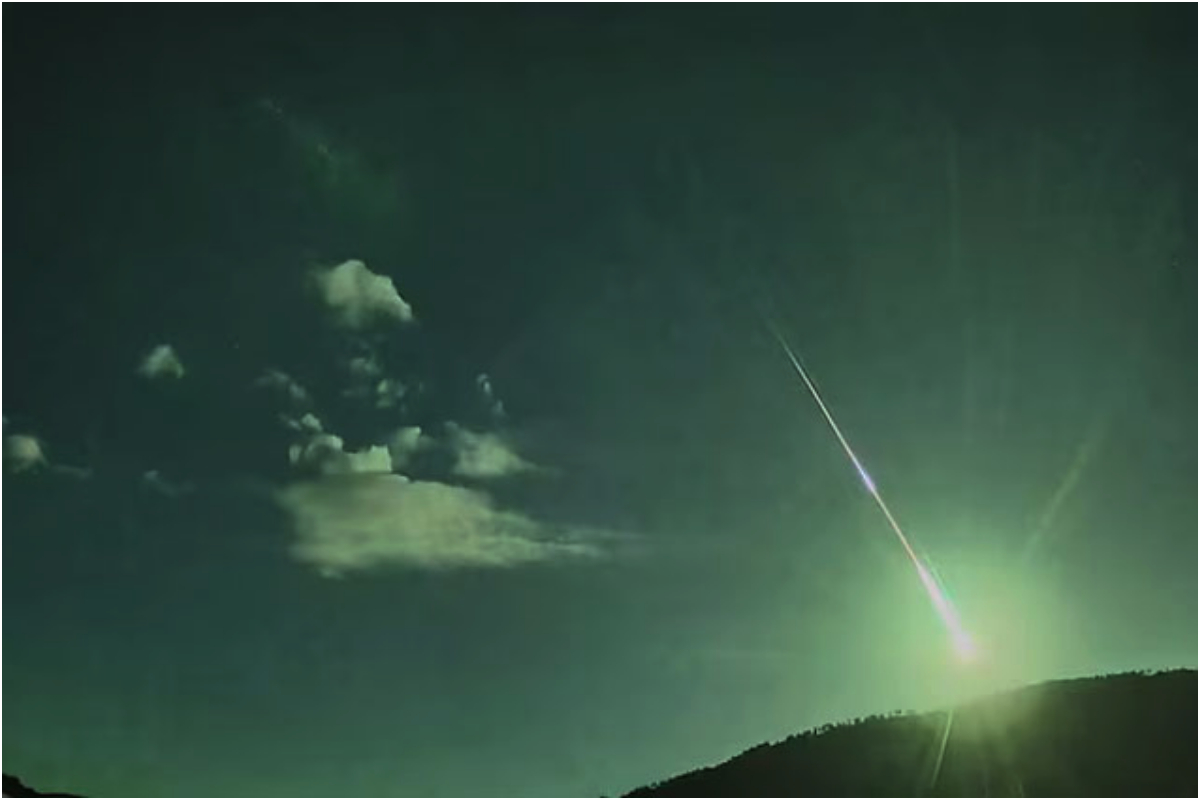- Pakistan is all set to witness a rare Comet with naked eye.
- Comet C/2023 (Tsuchinshan ATLAS) A3 is returned to the inner solar system after 80,000 years.
- The comet is visible to the naked eye, with reports of sightings worldwide, including in Pakistan.
ISLAMABAD: Pakistan is set to witness the rare Comet (Tsuchinshan ATLAS) A3 with the naked eye on Sunday morning.
According to SUPARCO spokesperson Marya Tariq, the comet, officially named Comet C/2023 (Tsuchinshan ATLAS) A3, is returning to the inner solar system after 80,000 years and will pass approximately 25 million miles from Earth at its closest point.
The comet has brightened enough to be visible to the naked eye, and people around the world, including in Pakistan, have already reported sightings.
“If you’re a night sky enthusiast and an early riser, now is your chance to glimpse this celestial visitor,” said the spokesperson.
Currently, the comet rises at 4:45 AM and can be seen around 3-4 degrees above the horizon until it fades into the sunlight around 5:20 AM. To spot the comet, observers should look slightly right of east, where the sun rises, provided the atmosphere is clear and the horizon is visible.
The comet will remain visible in the morning sky until October 3, after which it will move towards the Sun. It will reappear in the evening sky around October 13.
Due to recent rainfall across much of Pakistan, Sunday presents the best opportunity to view the comet. The spokesperson recommended starting observation at 12:15 AM by locating Orion’s belt in the east, as the comet will rise below this constellation at around 4:45 AM, reaching 4 degrees altitude by 5:05 AM, before fading into daylight.
Comets, once regarded as omens of disaster in pre-modern times, have been studied extensively, with humanity even landing a rover on one. Though now known to be “dirty snowballs” from the outer solar system, their captivating appearance continues to fascinate night sky watchers.
[embedpost slug=”/spacex-launches-rescue-mission-for-stranded-astronauts/”]





















